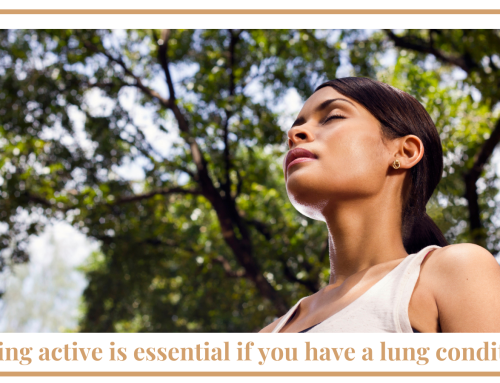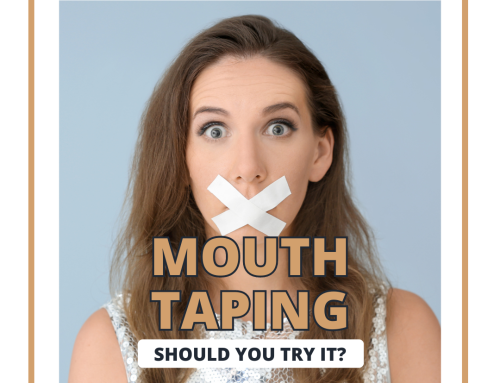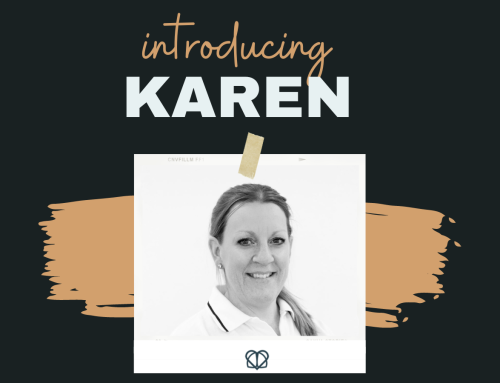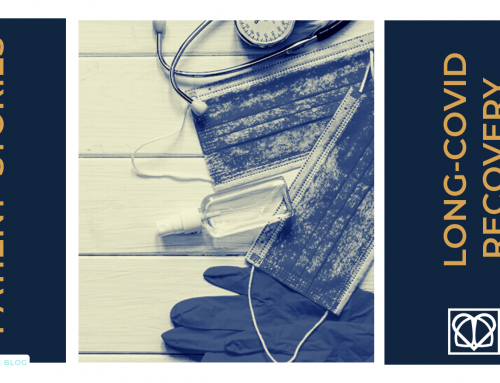Long Covid.
It’s been making headlines recently, but what exactly is it?
Let’s take a closer look…
Long Covid isn’t exactly a medical term but it’s what’s being used to describe those who find themselves struggling with continuing Covid symptoms for weeks or even months after testing positive for the virus. Figures from a Kings College London/ZOE Covid Symptom Study suggest that 10% of people take at least 3 weeks to recover from the virus, but as many as 250,000 people in the UK are believed to experience symptoms for more than 30 days.
These symptoms vary from person to person, but the most common ones include:
- cough
- breathlessness
- muscle and body aches
- chest heaviness or pressure
Some people have also reported experiencing:
- skin rashes
- palpitations
- fever
- headache
- diarrhoea
- pins and needles
- panic attacks
- hair loss
- brain fog or difficulty concentrating
For many it’s about feeling like you’re constantly relapsing into feeling ill again, going through phases of feeling like you’ve recovered but then symptoms appear all over again – and can knock you for 6!
What does it mean?
Like so many other factors in dealing with this virus, scientists are learning more and more all the time. The World Health Organization (WHO) has openly admitted that we don’t yet fully understand Covid-19. There’s even been a support group set up to help raise the profile of the condition and ensure those suffering receive long term support.
What we do know is that it can take a long time for the body to recover, largely due to the inflammation in the lungs, cardiovascular and neurological systems that Covid can cause. And it can leave you feeling overwhelmed, anxious and worried.
The best thing you can do if you do find yourself in the long Covid cycle is to rest.
Focus on breathlessness
Let’s take a look at a common long Covid symptom: breathlessness.
This is often described as feeling ‘short of breath’ or ‘winded’. If you feel like this, it can cause you to feel anxious which will then make you feel even more breathless. Try doing the following to break the cycle:
- stop moving and speaking as soon as you feel breathless
- allow yourself the time to recover your breath
- try to focus on something else to distract you and prevent anxiety building
There are some positions you can try to help you breathe more easily.
- Sit leaning forward. Sit on a chair with your knees slightly apart. Place your elbows on your knees or the arms of the chair, and lean slightly forward.
- Sit leaning forward at a table. Sit on a chair in the same way as the previous position but with a table in front of you (you can place pillows on the table to make it more comfortable). Rest your elbows resting on the table and place your head on the pillow.
- Standing leaning forward. Stand behind a high backed chair and lean forward, placing your elbows on the back of the chair.





